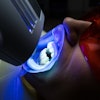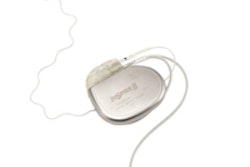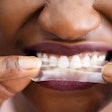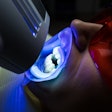Wrinkles and sagging skin result not just from changes in the tissue but also from aging-related changes in the underlying facial bones, according to a new report in Plastic and Reconstructive Surgery (January 2011, Vol. 127:1, pp. 374-383).
Led by Robert B. Shaw Jr., MD, of the University of Rochester Medical Center, the researchers analyzed CT scans of the facial bones in young (ages 20 to 40), middle-aged (41 to 64), and older (65 and up) age groups. All scans were performed for medical reasons, not for planning plastic surgery.
Detailed measurements in 3D reconstructions of the CT scans showed some important differences in the facial bone structure among the age groups. "The facial skeleton experiences morphologic change and an overall decrease in volume with increasing age," Dr. Shaw and colleagues wrote.
One prominent change was an increase in the area of the orbital aperture. In both men and women, the eye sockets became wider and longer with age. Aging also affected the bones of the middle part of the face, including reductions in the glabellar, pyriform, and maxillary angles.
The length and height of the mandible decreased with age as well, the researchers noted. Although these changes occurred in both sexes, many occurred earlier in women between young and middle age. In men, most of the changes occurred between middle age and old age.
"The bony components of the face are important for overall facial three-dimensional contour as they provide the framework on which the soft-tissue envelope drapes," Dr. Shaw and co-authors wrote.
Copyright © 2011 DrBicuspid.com



















